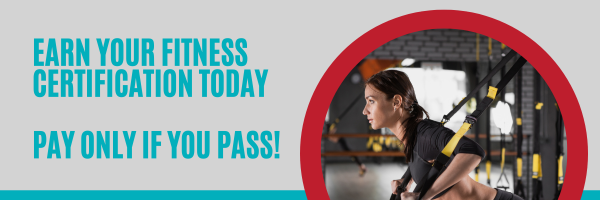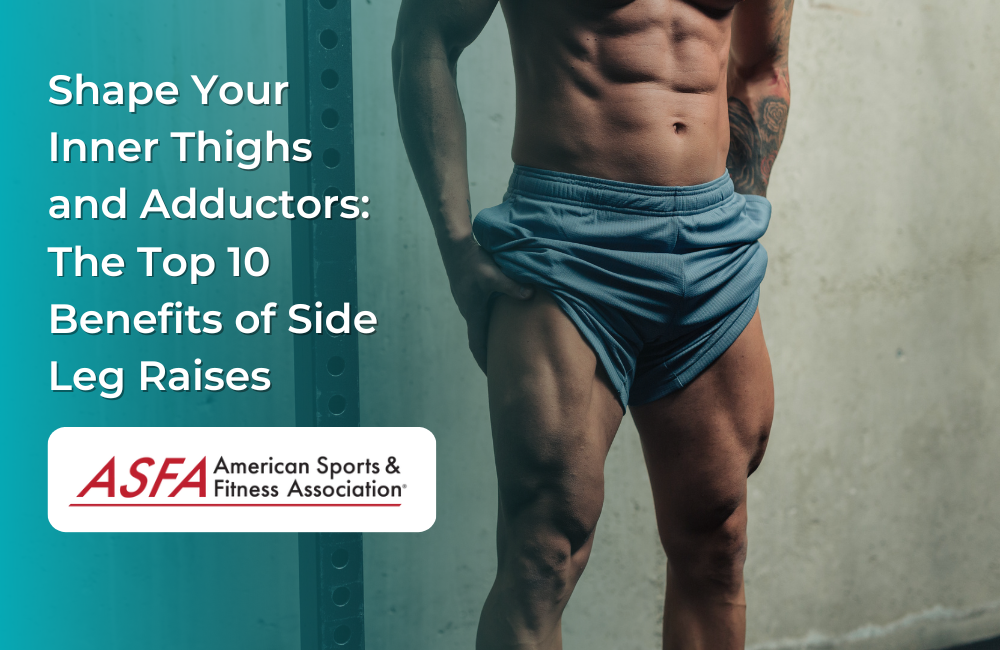Side leg raises and side leg raise, also known as lying side leg lifts or lateral leg raises, are an effective and versatile exercise for targeting the inner thighs, adductors, and other muscles in the lower body. The leg raise exercise, including variations like the standard lying side leg lift exercise, double leg variation, and side lying leg lifts, is a strength exercise targeting the abductor muscles and hips. This simple yet powerful exercise can be performed anywhere and requires no equipment, making it an excellent addition to any fitness routine. In this blog post, we will explore the top 10 benefits of side leg raises and provide tips on how to perform them correctly and safely.
Side Leg Raises Benefits
Strengthen and Tone the Inner Thighs and Adductors
One of the primary benefits of side leg raises is their ability to effectively target and strengthen the inner thigh muscles (adductors) and other supporting muscles in the lower body. Regularly performing side leg raises can help to tone and define your inner thighs, improving their overall appearance and function.
Improve Hip Stability, Mobility, and Flexors
Side leg raises require and promote hip stability and mobility, as they engage the muscles surrounding the hip joints during the lifting and lowering phases of the exercise. The lying leg raise is also an effective exercise for targeting the muscles around the hip joints and improving hip stability and mobility. Strengthening the muscles around the hip joints is crucial for protecting them from strains and injuries. Additionally, the hip flexor muscles play a significant role in maintaining balance and preventing injury. This can lead to improved hip function, reduced risk of injury, and increased range of motion, which can be beneficial for both athletic performance and everyday activities.
Enhance Core Muscles Strength and Stability
Although side leg raises primarily target the inner thighs and adductors, they also engage the core muscles, including the obliques, lower back, and deep abdominal muscles. Similarly, the lying leg lift is an effective exercise for engaging the core muscles along with the hamstrings, hip flexors, quads, and glutes. This helps to improve overall core strength and stability, which can enhance your performance in other exercises and daily activities.
Support Proper Posture and Alignment
Strong adductors and core muscles are essential for maintaining proper posture and alignment, both during exercise and in everyday life. Side leg raises can help to strengthen these muscles, which can contribute to improved posture, reduced risk of injury, and decreased lower back pain.
Low-Impact Exercise Suitable for All Fitness Levels
Side leg raises are a low-impact exercise that can be easily modified to suit individuals of all fitness levels and abilities. They can be performed in a standing or lying position, on the floor or using a wall for support, making them accessible for beginners or those with limited mobility. Additionally, more advanced individuals can add resistance bands or ankle weights to increase the challenge and intensity of the exercise.
Increase Muscle Endurance and Stamina
Performing high repetitions of side leg raises can help to increase muscle endurance and stamina in the inner thighs and adductors. This can be particularly beneficial for athletes and individuals who participate in activities that require sustained lower body strength, such as running, cycling, or dancing.
Enhance Balance and Coordination
Side leg raises require balance and coordination, as you must maintain a stable position while lifting and lowering your leg. The starting position for side leg raises involves standing upright with your feet hip-width apart, ensuring your body is aligned and stable before beginning the movement. Over time, this can help to improve your overall balance and coordination, which can be beneficial for athletic performance and daily activities.
Easy to Incorporate into Any Workout Routine
One of the advantages of side leg raises is their versatility and ease of incorporation into any workout routine. It is important to include upper body exercises, such as push-ups and pull-ups, in addition to side leg raises for a balanced workout routine. They can be performed as part of a lower body or full-body strength training session, a Pilates or yoga class, or even as a standalone exercise during a busy day.
No Equipment Required
Side leg raises require no equipment, making them an excellent option for individuals who prefer to work out at home or those who are traveling and may not have access to gym equipment. All you need is a comfortable surface, such as a yoga mat or carpet, and enough space to perform the exercise.
Complement Other Lower Body Exercises
Side leg raises can be an effective complement to other lower body exercises, such as squats, lunges, and deadlifts. By targeting the inner thighs and adductors, side leg raises can help to balance muscle development and prevent muscle imbalances that could lead to injury or reduced performance.
Tips for Performing Side Leg Raises Correctly and Safely
To get the most out of side leg raises and minimize the risk of injury, it’s essential to use proper form and technique. Here are some tips to help you perform side leg raises correctly and safely:
-
Begin by lying on your side with your legs extended and stacked on top of each other. Ensure your head, shoulders, hips, and ankles are in a straight line, and your bottom arm is either extended along your body or bent with your head resting on your hand.
-
Engage your core muscles to maintain a stable position and prevent your hips from rolling backward or forward.
-
Slowly lift your top leg upward, keeping your foot flexed and toes pointing forward. Focus on using the muscles in your inner thigh and avoid using momentum to lift the leg.
-
Pause at the top of the movement for a moment, then slowly lower your leg back down, maintaining control throughout the entire movement.
-
Perform the desired number of repetitions on one side before switching to the other side.
-
To modify the exercise, you can bend your bottom leg for additional support or perform the exercise with your back against a wall.
-
For an added challenge, incorporate resistance bands or ankle weights to increase the intensity of the exercise.
-
Remember to breathe throughout the exercise, inhaling as you lift your leg and exhaling as you lower it back down.
-
Pay attention to any pain or discomfort during the exercise, and stop or modify the movement if needed.
-
Try lying lateral leg raises by lying on one side, keeping your core engaged, and controlling the movement of your leg as you lift and lower it.
-
Avoid overextending the hip joint to prevent strains in the hip flexors. Maintain proper form and listen to your body's signals during the exercise.
-
Alternate between the right leg and left leg while performing standing side leg raises to ensure balanced muscle development.
Conclusion
Side leg raises offer numerous benefits, including strengthening and toning the inner thighs and adductors, improving hip stability and mobility, enhancing core strength and stability, and supporting proper posture and alignment. This low-impact, versatile exercise is suitable for individuals of all fitness levels and can be easily incorporated into any workout routine.
By prioritizing proper form and technique, listening to your body, and gradually increasing the intensity of the exercise as needed, you can effectively shape your inner thighs and adductors and enjoy the many benefits that side leg raises have to offer.





